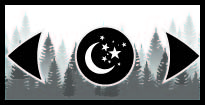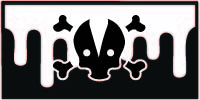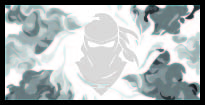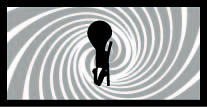- student!
- teacher!
- world!
- skunks!
Passive: Shadow dweller

Skunks are masters of navigation in the dark, be carful and watch your step..
Now on the real note..
Skunks actually do not see well in the dark and have poor vision overall, even during daylight hours. Their eyesight is limited to short distances, allowing them to see only about 3 meters (10 feet) ahead. This means they rely heavily on their excellent senses of smell and hearing to navigate and forage at night, as skunks are primarily nocturnal. Their keen sense of smell helps them locate food and detect nearby threats, compensating for their limited visual abilities.
Posion dart

Skunk aims precisely and fires a dart of poisonous liquid, very stinky, very dangerous..
Now on the real note..
When a skunk feels threatened and prepares to spray, it typically doesn’t need to perform a handstand to do so. Instead, it will often turn its back toward the perceived threat, arch its tail high to expose its scent glands, and may even stomp its front feet as a warning. If the threat persists, the skunk contracts muscles around its anal glands, releasing a powerful spray in a controlled, directed manner. This technique allows it to spray accurately from a distance, often hitting its target with impressive precision without the need for a handstand.
Quiet steps

Skunk enters camouflage and moves around with immense speed, easily avoiding predators..
Now on the real note..
Skunks are generally quiet animals, but they do make a variety of sounds in certain situations. While feeding, they might churr softly or emit low grunts as they nibble away. When threatened, they can growl or snarl to intimidate potential predators, showcasing their defensive nature. Surprisingly, skunks are also capable of producing bird-like twittering sounds, and when distressed, they may let out a high-pitched squeal.
Watch me!

Skunk does a handstand from which it may fire
passive: only if in a handstand, may cast ultimate.
Now on the real note..
When a skunk feels especially threatened, it may perform a defensive handstand to intimidate its opponent. To do this, the skunk rises up on its front legs, lifting its tail high and positioning its body vertically, making itself appear larger and more imposing. While balancing on its front paws, it displays its black-and-white pattern prominently, serving as a visual warning to potential threats. If the warning isn’t heeded, the skunk can quickly drop back down and prepare to spray, relying on this dramatic stance to gain a few moments of advantage.
Ultimate: See no more

after successful cast of "Watch me!", "See no more" can be cast to shoot right into enemies' face, temporarily blinding them..
